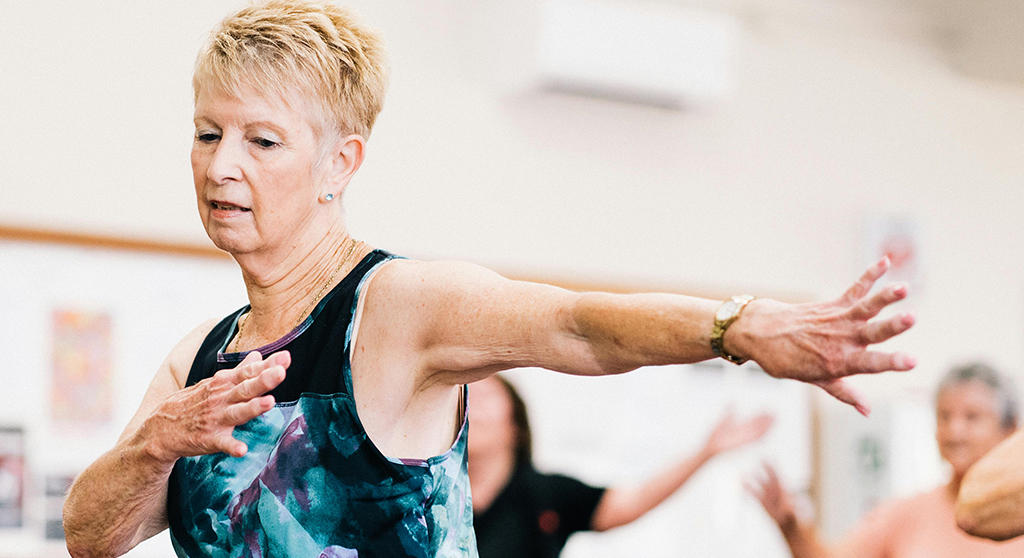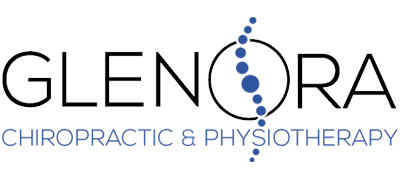4 Lesser-known Treatments in Physical Therapy
When you think of physical therapy (or physiotherapy), do you picture a patient performing rehabilitation exercises after a major injury or surgery, gradually regaining strength and function to the affected area? There is nothing inaccurate about this image, but physical therapy is an enormous clinical practice that stretches farther than most people think. Here are a few underrepresented conditions that physical therapy is frequently assigned to treat.
1. Incontinence, Fertility and Pelvic Floor Physiotherapy
Lining the bottom of the human pelvis is a complex network of muscle and connective tissue known as the pelvic floor. Many of the muscles related to continence and reproduction are present in this area of the body, and everyday physical stresses and trauma can cause these important muscles to function less than optimally over time. Women make up the majority of pelvic floor physiotherapy patients, and among women, the chief cause of these malfunctions is childbirth. Extensive studies have shown that physical therapy can not only restore bladder and bowel control, but aid in the process of pregnancy and childbirth, and counteract problems and disorders that can cause infertility in women such as endometriosis. Using physiotherapy to strengthen the pelvic floor muscles can even aid in in-vitro fertilization success rates and reduces the risk of prolapse and similar issues.
2. Cardiac and Pulmonary Treatment
It is easy to forget that the heart is the hardest-working muscle in the human body. It circulates blood constantly and never has the opportunity to stop or take breaks. Even after a surgery or heart attack, when it is weaker than normal, its work doesn’t stop. During these vulnerable periods, physiotherapists are often assigned to keep track of a patient’s cardiovascular health through various stages of recovery, much like the recovery process of any other muscle. The limits of a patient’s heart dictate the amount of strain that a patient can put on their body as they exercise, and the specifics of a rehabilitation program vary wildly between different patients and different cardiac events. Typical exercises include aerobic workouts intended to improve flexibility and cardiac strength. Exercises are first performed with the supervision of a physiotherapist, who monitors the patient’s condition and responses to ensure that the exercise is appropriate for the patient’s stage of recovery. Once a patient is in a stable enough condition and can monitor their own health accurately, physiotherapists prescribe a personalized recovery plan to the patient and only require occasional face-to-face appointments for the remaining recovery period.

3. Neurological issues
The word “physical” is often considered separate from “mental” or “neurological”, which makes physical therapy appear to only be a treatment for “physical” conditions. However, medical professionals have been making use of the body and mind’s connection since the dawn of medicine, and physiotherapists are no exception. This branch of physiotherapy, sometimes known as neurophysiotherapy, uses physical training and exercise to improve the function of those with neurological problems. Symptoms from conditions such as ALS, multiple sclerosis, stroke and cerebral palsy can be dramatically lessened by physiotherapy sessions that are designed to teach the brain to rewire its neural pathways around damaged areas and achieve the desired function. While independent exercise is encouraged for speeding recovery, a physiotherapist will provide the most up-to-date equipment and methods for treating a specific issue, and a safe environment for patients to re-train their bodies in. Patients with Alzheimer’s Disease have even shown benefits from specialized physiotherapy above and beyond what treatment that lacks physiotherapy currently provides. These include retained memory, communication skills, motor function, balance, and attitude, allowing sufferers to have more independence over the years.
4. Geriatric
Aging is a fact of life. As someone gets older, they may begin to accept aches, pains, memory problems, limited mobility and lack of energy as part of the natural aging process. A surprising revelation to many seniors is that a great deal of one’s youthful faculties can be retained with the right professional treatment. Geriatric physical therapy is designed to help people manage the changes that their bodies go through with age. It encompasses several of the fields discussed earlier; neurophysiotherapy, pelvic floor physiotherapy to aid with continence, and cardiac exercise to improve energy levels and endurance. It also involves exercise aimed to increase the strength and flexibility of areas underused or injured due to conditions like carpal tunnel syndrome, tendonitis, or sprains. If a mobility aid is deemed necessary, a physiotherapist can teach a patient to use theirs in a way that is efficient and provides minimal inconvenience in day-to-day living. All of this has been proven to reduce pain, increase independent mobility, and improve seniors’ quality of life.
Physical Therapy at Glenora Clinic
Glenora Chiropractic and Physiotherapy Clinic is a local source for capable, skilled physiotherapists, located in Edmonton, Alberta. We know that no two situations are the same, so we begin with a thorough assessment of our patients and their conditions, then create a custom physical therapy program to aid in their recovery. We deal with short-term injuries and long-term conditions, for both athletes and laypeople. Our goal is not only to help our patients heal, but to educate and empower them to have full, safe and active lives.
Book your appointment for physical therapy today!

